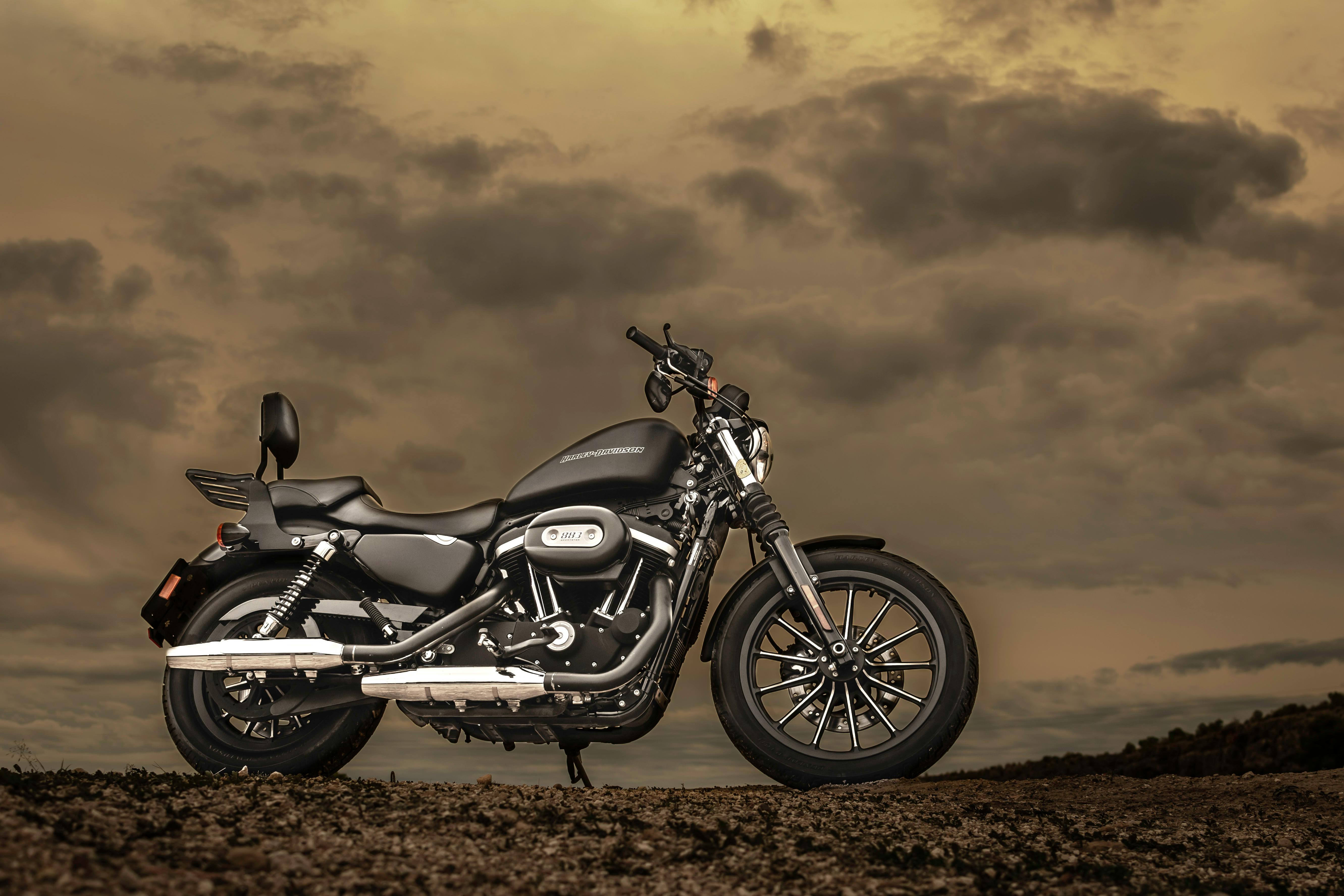Electric & Connected: The Future of Two-Wheelers

Q1. Could you start by giving us a brief overview of your professional background, particularly focusing on your expertise in the industry?
I am an R&D engineer with over a decade of experience in Chassis systems, including the functional development of Suspension, Brakes, and Wheels, particularly for Two-Wheeler projects.
Alternative thinking and, hence, Innovation have always driven me, and as a result, I have 03 patents to my name that have not only resolved technical challenges but also delivered cost benefits.
For the last couple of years, I have transitioned into the Product Leadership role, where my responsibilities include overall Project Delivery, with a focus on Quality and Cost.
My current role includes reviewing technical incompatibilities weekly, helping resolve them through interaction with key stakeholders inside and outside of R&D, ensuring vehicle build and testing, consolidating key escalation points for higher management review every month, and, hence, ensuring no roadblocks to smooth project progress.
Q2. How are different customer segments—such as urban commuters, delivery fleets, or young riders—shaping demand for new two-wheeler products?
From being purely a means of commuting, the new two-wheeled motorcycles are evolving into both lifestyle products and delivery fleets.
While the youth who rejoice in adrenaline rushes prefer the street naked, sport, or super sport segments, the mature ones prefer the modern retro (an evolving segment over the last 10 years), while the enthusiasts prefer the exclusive products from the likes of Adventure, Scrambler, Cruiser, and Cafe-racer. There has always been a special affinity for the utilitarian offering in the form of Scooters for Family commuting, however.
With the rise in e-commerce, delivery fleets are increasingly dependent on two-wheelers for on-time delivery, cutting through traffic. Particularly given the mileage, for such commercial operations, Motorcycles are preferred, with large courier bags mounted on the pillion seats.
Q3. What opportunities do you see for next-generation two-wheelers over the next 3–5 years in terms of technology, design, or customer experience?
Considering the progression of a two-wheeler motorcycle as a lifestyle product in the last decade or so, a special emphasis on Design is the need of the hour.
Especially when such products are launched through the reintroduction of heritage brands that were once loved, the Design reminiscence with a modern touch is critical. This draws customers to the showrooms first.
Next is the customer experience at the showrooms that needs special attention. The welcome, ambience, and overall product display, along with accessories, make it feel more like a boutique and offer a special experience for customers.
Technology and Safety have always been a default consideration in the four-wheeler market and are now being drawn into the two-wheeler market as well. Any technology that enhances the user experience, any safety element (passive or active) that aids the customer, however, if offered at minimal cost, it bonds the customer to the product and its brand forever.
Q4. How are you seeing the two-wheeler market evolve in terms of scale and growth over the next few years, and which trends are driving this expansion?
The domestic two-wheeler market shall continue to evolve from lower-cc pure commuting motorcycles to a more premium, higher-cc lifestyle product.
This evolution has been influenced by factors such as rising incomes, changing consumer preferences, stricter emissions regulations, and the development of new business models, including the growth of the pre-owned market.
In providing such differentiated mobility solutions, road safety has always been a concern, and global manufacturers are working to address it by incorporating Advanced Rider Assistance Systems (ARAS) functions as active safety mechanisms. In contrast, the recent offering of pothole detection through a crowdsourced system by one of the EV manufacturers is a passive safety mechanism.
Q5. How is digital transformation impacting the user experience in two-wheelers, from infotainment to connected services?
The digital transformation is significantly impacting user experience in four-wheelers; by contrast, adaptation on two-wheelers is progressing more slowly.
This is primarily due to the irregular use of helmets that integrate infotainment features, such as voice command, and the inherent instability of a two-wheeler compared to a four-wheeler, which calls for full attention on the road rather than dashboard screens.
Q6. Which companies do you see pushing the boundaries in electric two-wheelers or connected mobility, and what innovations stand out?
Ola, Ather, Ultraviolette, and River are pushing the boundaries in electric two-wheeler mobility, while the veterans of ICE are catching up slowly and steadily.
The innovations that aid rider safety through pothole detection stand out among recent offerings, while the extreme-performance-challenging ICE products remain the favourites, demonstrating superiority primarily through instant torque, more straightforward mechanics, and better weight distribution.
While ICE vehicles still hold an edge in some specific metrics, EVs are rapidly closing the gaps through technological advancements.
Q7. If you were an investor looking at companies within the space, what critical question would you pose to their senior management?
If I were an investor, I would only ask what this product is and how it differs from existing products in this space.
I would look out for safety enhancements at affordable costs and design uniqueness.
Comments
No comments yet. Be the first to comment!
